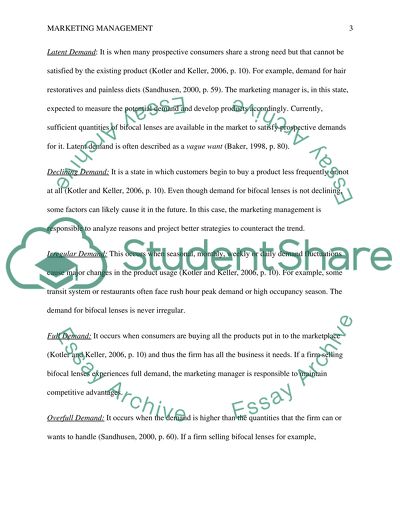Cite this document
(Eight Demand States with Respect to Bifocal Lenses for Glasses Assignment, n.d.)
Eight Demand States with Respect to Bifocal Lenses for Glasses Assignment. Retrieved from https://studentshare.org/marketing/1571124-marketing-management-exam
Eight Demand States with Respect to Bifocal Lenses for Glasses Assignment. Retrieved from https://studentshare.org/marketing/1571124-marketing-management-exam
(Eight Demand States With Respect to Bifocal Lenses for Glasses Assignment)
Eight Demand States With Respect to Bifocal Lenses for Glasses Assignment. https://studentshare.org/marketing/1571124-marketing-management-exam.
Eight Demand States With Respect to Bifocal Lenses for Glasses Assignment. https://studentshare.org/marketing/1571124-marketing-management-exam.
“Eight Demand States With Respect to Bifocal Lenses for Glasses Assignment”. https://studentshare.org/marketing/1571124-marketing-management-exam.


